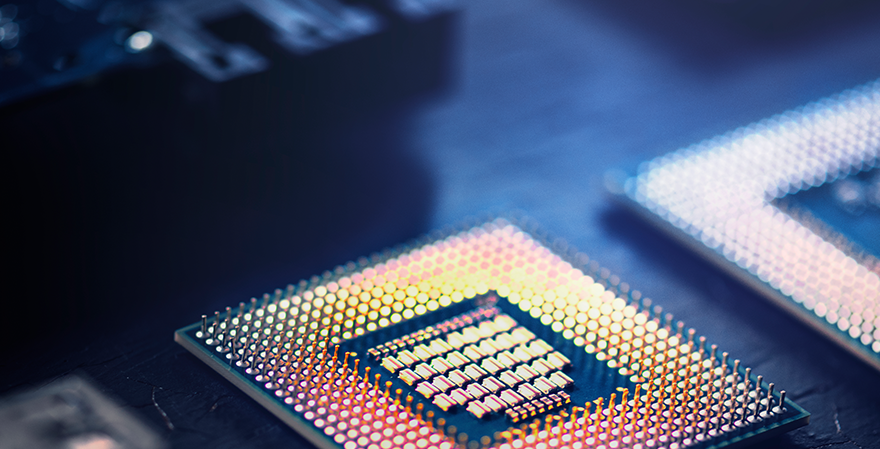Silicon Sovereign: Nvidia’s Meteoric Rise to a $4 Trillion Powerhouse
 Jul/11/2025
Jul/11/2025
In a historic ascent that rewrote the hierarchy of global technology firms, Nvidia became the first public company to surpass a $4 trillion valuation, fueled by its dominance in artificial intelligence hardware. From humble beginnings in 1993 designing graphics chips for gamers, the Santa Clara-based firm—helmed by co-founder Jensen Huang—now powers the backbone of AI innovation through its GPU architectures, whose cadence of development has outpaced Moore’s Law itself. Huang’s foresight to pivot Nvidia into AI computing has paid off spectacularly: its chips, notably the H100 and new Blackwell B200, are now indispensable to the world’s largest tech companies, which together are projected to spend over $320 billion on AI infrastructure this year. Nvidia’s net income soared from $4.4 billion to nearly $74 billion in just two fiscal years, while its influence swelled so greatly that figures like Elon Musk and Larry Ellison reportedly clamored for access to its limited chip supply. Yet, its triumphs are shadowed by export controls, regulatory probes, and intensifying competition from rivals and in-house solutions by hyperscalers. With more than 80% of the AI chip market under its control, Nvidia has become to artificial intelligence what Apple once was to mobile computing—a dominant force ushering in a technological epoch. But as the U.S. tightens sales to China and rivals gain ground, the company’s challenge will be maintaining supremacy in a volatile geopolitical and innovation landscape. The following tag cloud illustrates Nvidia’s registered and pending trademarks in the United States, grouped by relevant trademark classes.


















